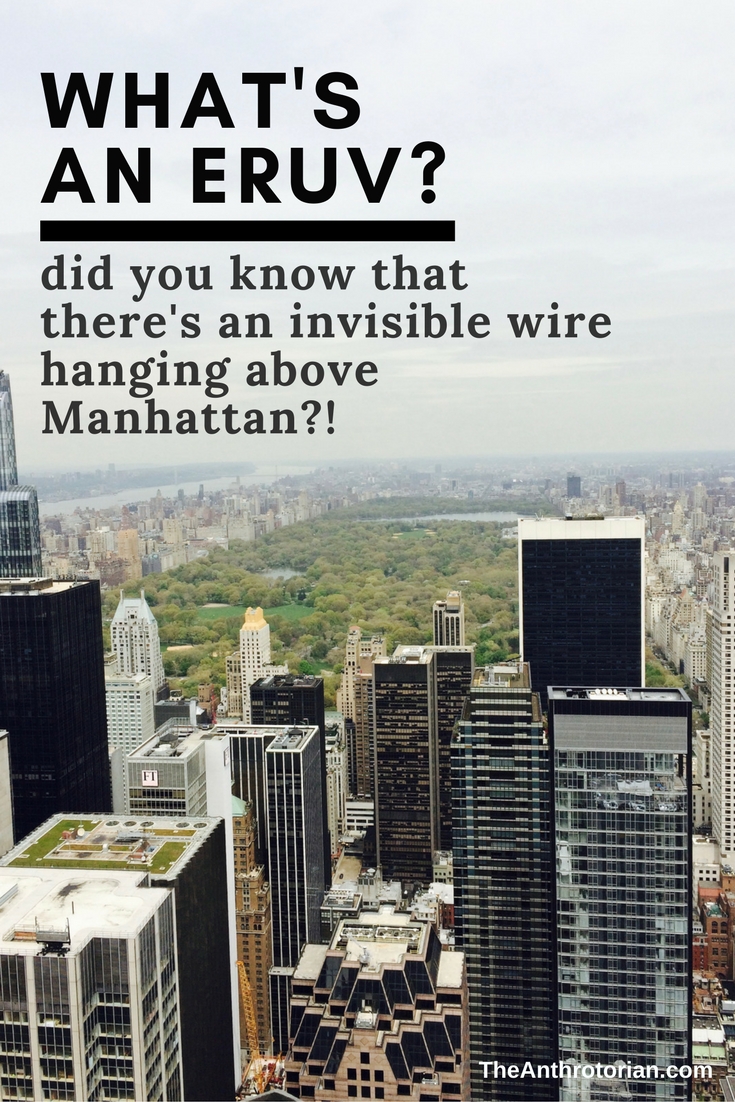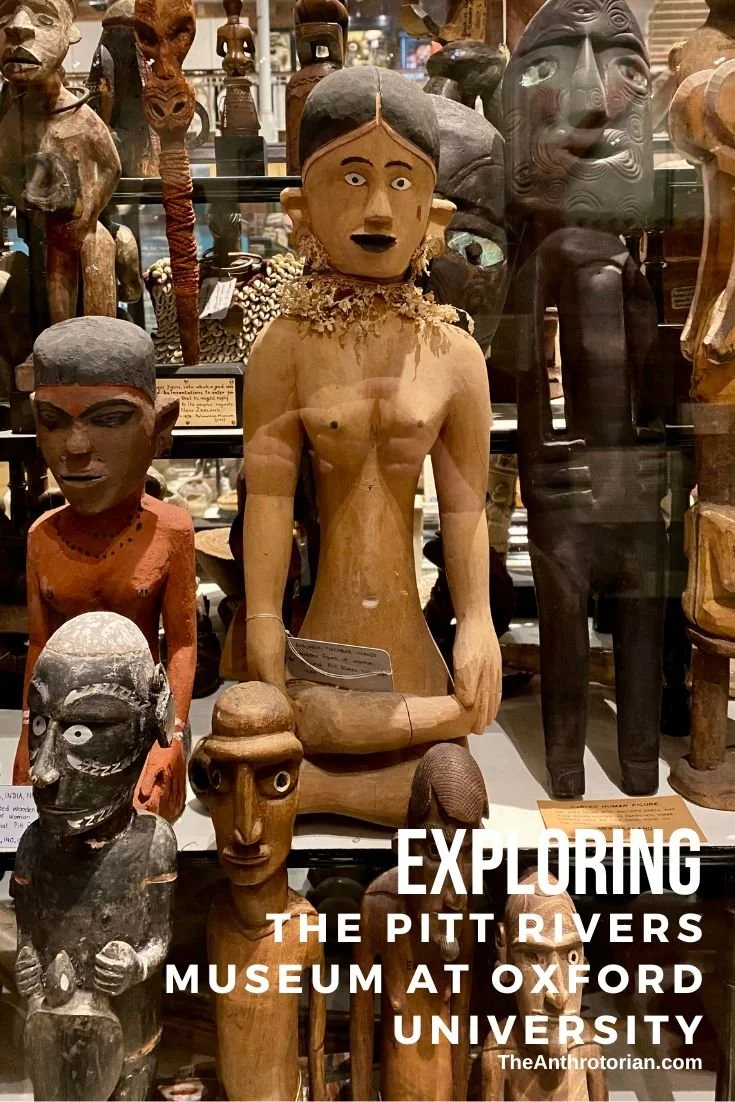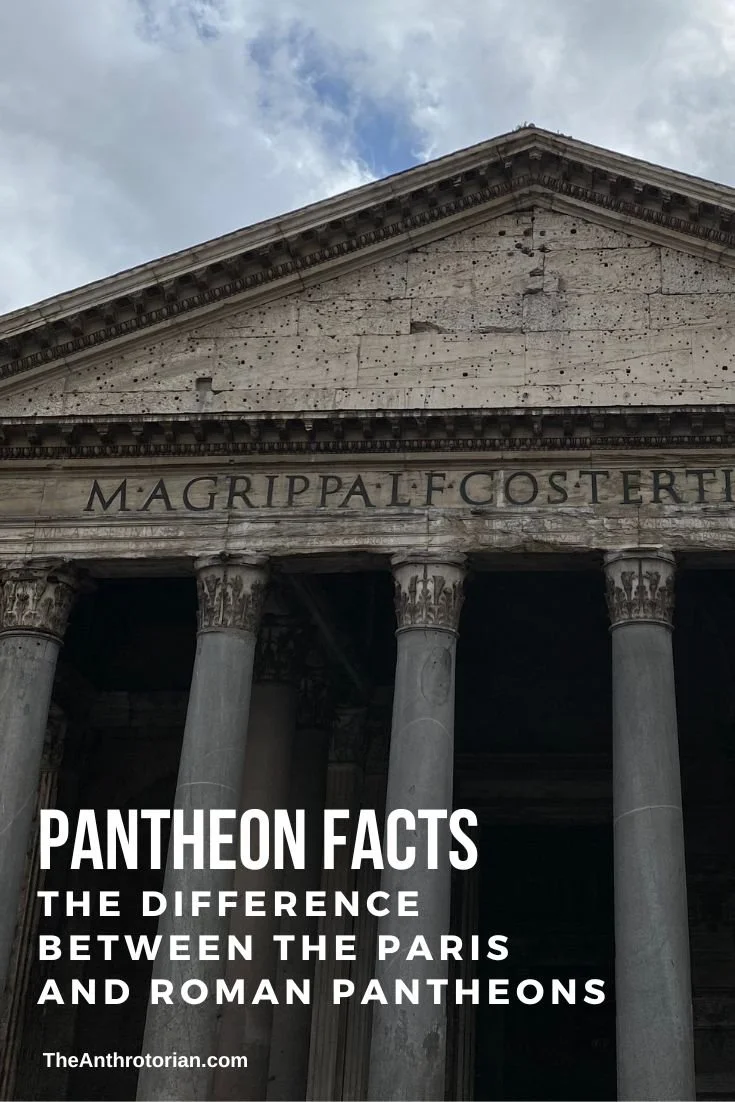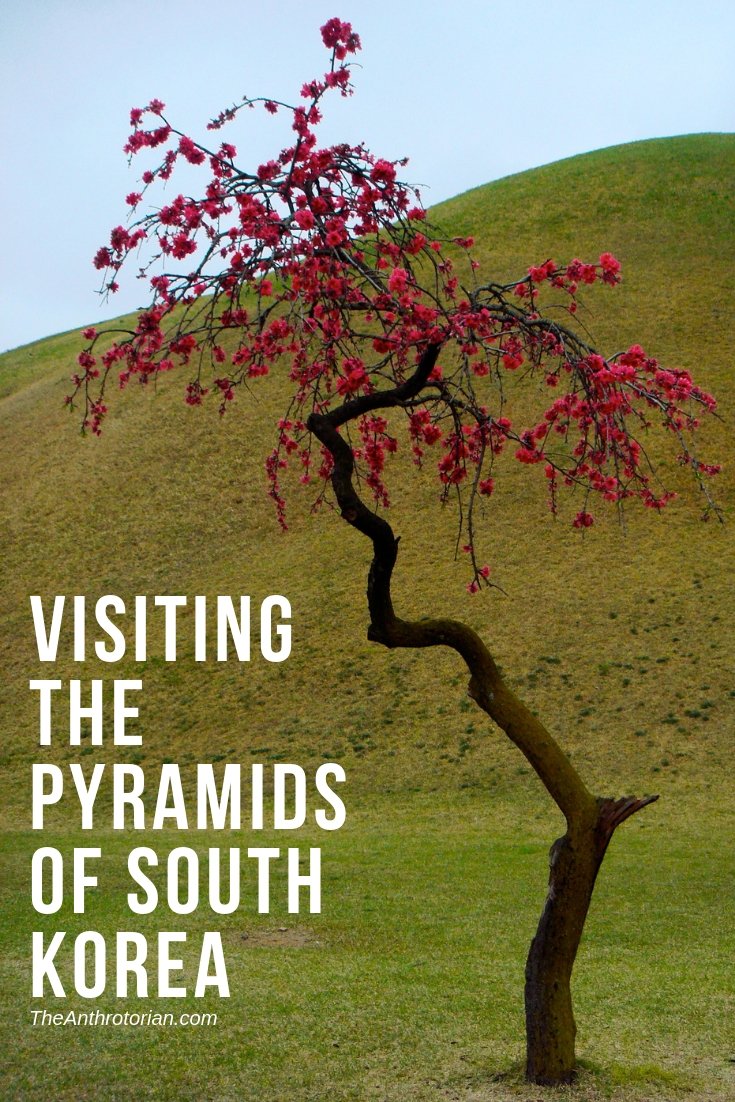If you haven't read The Alchemist yet, then you need to get yourself to a bookstore immediately, and if you have read it, then you should probably read it again. Yup, it's that good. But, not only is it that good, I find that the message you take away from the book changes depending on the stage of life you happen to find yourself in.
You might read Paulo Coelho's story and realize that you need to pack your bags and go on an adventure immediately or come to the realization that you have everything that you want right in front of you, you just hadn't realized it yet!
“…when you want something, all the universe conspires in helping you achieve it”
This enchanting story follows a shepherd boy named Santiago, who travels to the Pyramids of Egypt in search of buried treasure. Along the way, he meets a Gypsy woman, a man who calls himself a king, and an Alchemist who give him guidance on his journey.
What begins as a search for worldly goods, ends up turning into a meditation on the importance of listening to our hearts and the transforming power of giving in and letting destiny guide you to your dreams.
An absolute must-read.
“‘Why do you tend a flock of sheep?’
’Because I like to travel.’
The old man pointed to a baker standing in his shop window at one corner of the plaza. “When he was a child, that man wanted to travel, too. But he decided first to buy his bakery and put some money aside. When he’s an old man, he’s going to spend a month in Africa. He never realized that people are capable, at any time in their lives, of doing what they dream of.”
’He should have decided to become a shepherd’”





































